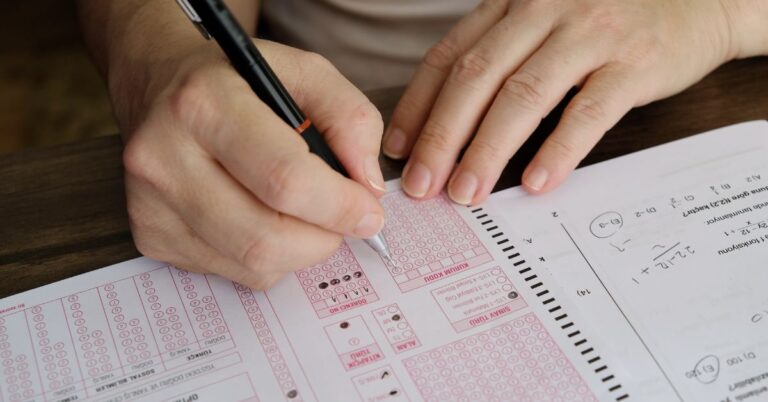The SAT® is an optional standardized test taken by students during their junior and senior years of high school. SAT® testing scores are then used by many colleges when considering admission and acceptance. “SAT” used to be an acronym that stood for Scholastic Aptitude Test, but this is no longer the case; today, the test is simply called the SAT®. The test is developed and monitored by The College Board.

The SAT® contains questions divided into three categories. These are critical reading, writing, and mathematics. Each section is then scored on a scale from 200 to 800, with 800 being the best possible score per section. A score of 2,400 would then be the best possible score for the entire test. The SAT® is typically offered at schools multiple times throughout the year, and students are encouraged to take the test more than once to try to improve their scores.
The questions found in SAT® testing booklets are typically multiple choice, though the writing section also contains a brief essay that must be completed. In addition to the multiple choice questions, there are a few student-produced response questions, in which test takers must determine the answer without any provided options, and fill the answer in on a grid.
During SAT® testing, each of the ten separate sections of the test are carefully timed, most last for 25 minutes, which means SAT® testing generally takes about three hours to complete. For this reason, it is a good idea for students who are taking the SAT® to familiarize themselves with the directions and types of questions ahead of time, either by taking practice exams or by studying with SAT® study guides. In addition, many schools offer the PSAT® as well, which is typically taken during sophomore year of high school.
SAT® testing is also offered for specific subjects. Some colleges use these when considering admission into more challenging majors, as they allow admission officers to see that a particular student is ready for college-level work. SAT® Subject Tests are offered in areas such as foreign languages, history, literature, advanced mathematics, and sciences, including biology, chemistry, and physics.
It is necessary to register in advance for SAT® testing, and there is small fee associated with the test. Scores are available to students online within a few weeks of taking the test, and students can then request that The College Board forward their scores to colleges and universities they specify. Taking the SAT® is an important step when applying for colleges, and many colleges require applicants to take the test. For that reason, it is important to get the best possible scores and to take the test seriously to demonstrate readiness for college-level classes, along with a solid understanding of the skills learned in high school. A great way to prepare is to work with the best SAT tutors to make sure you are set up for success.
Drawing on her experience as a middle and high school teacher, Margaret Lipman strives to provide valuable insights for students when writing about scholarships and college application strategies in her articles for Scholarship Institute.







